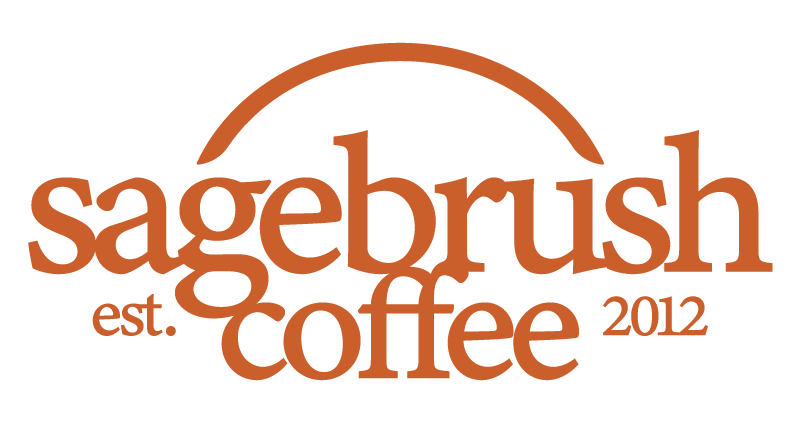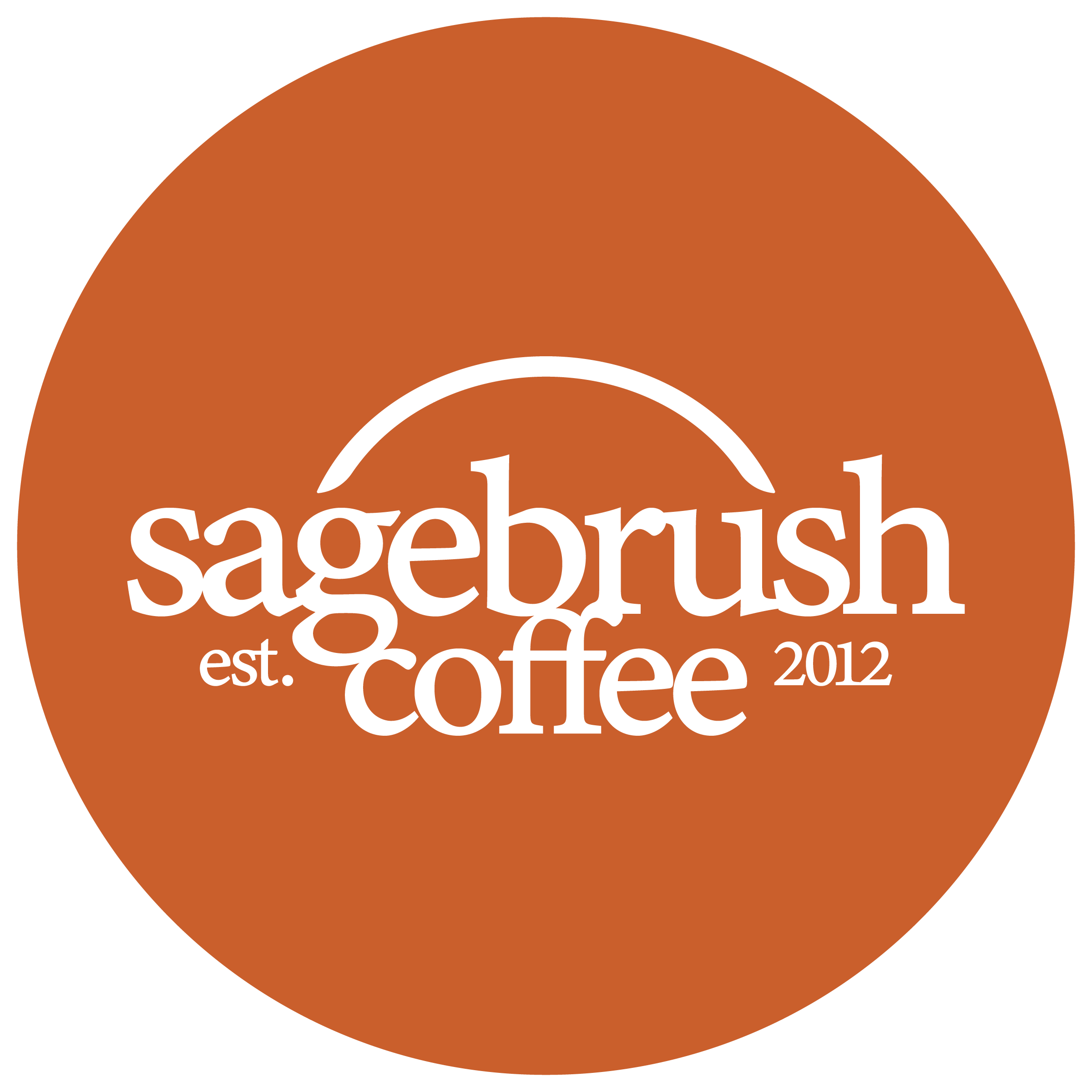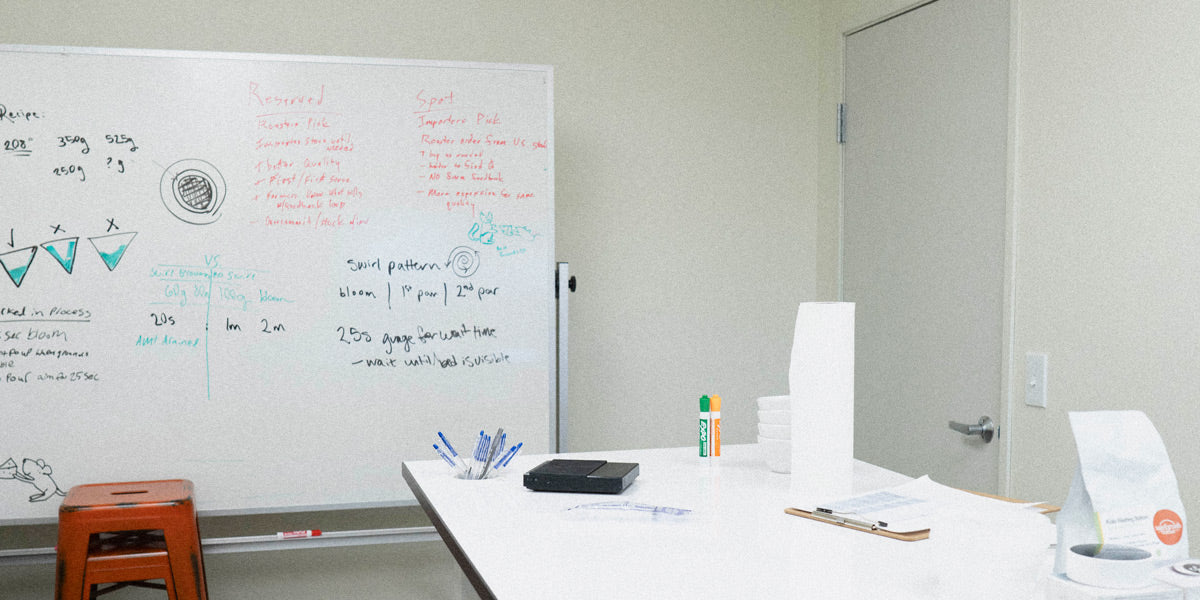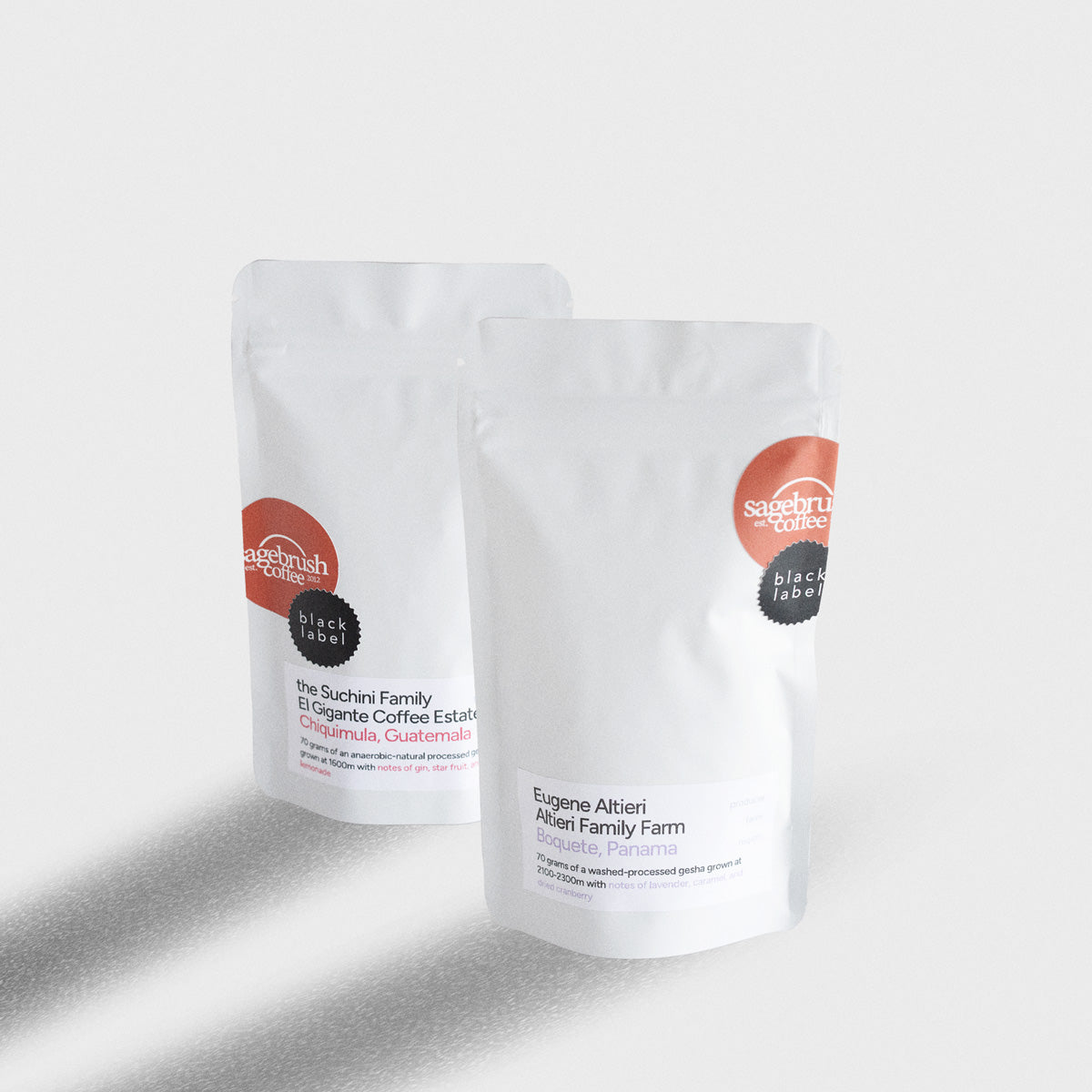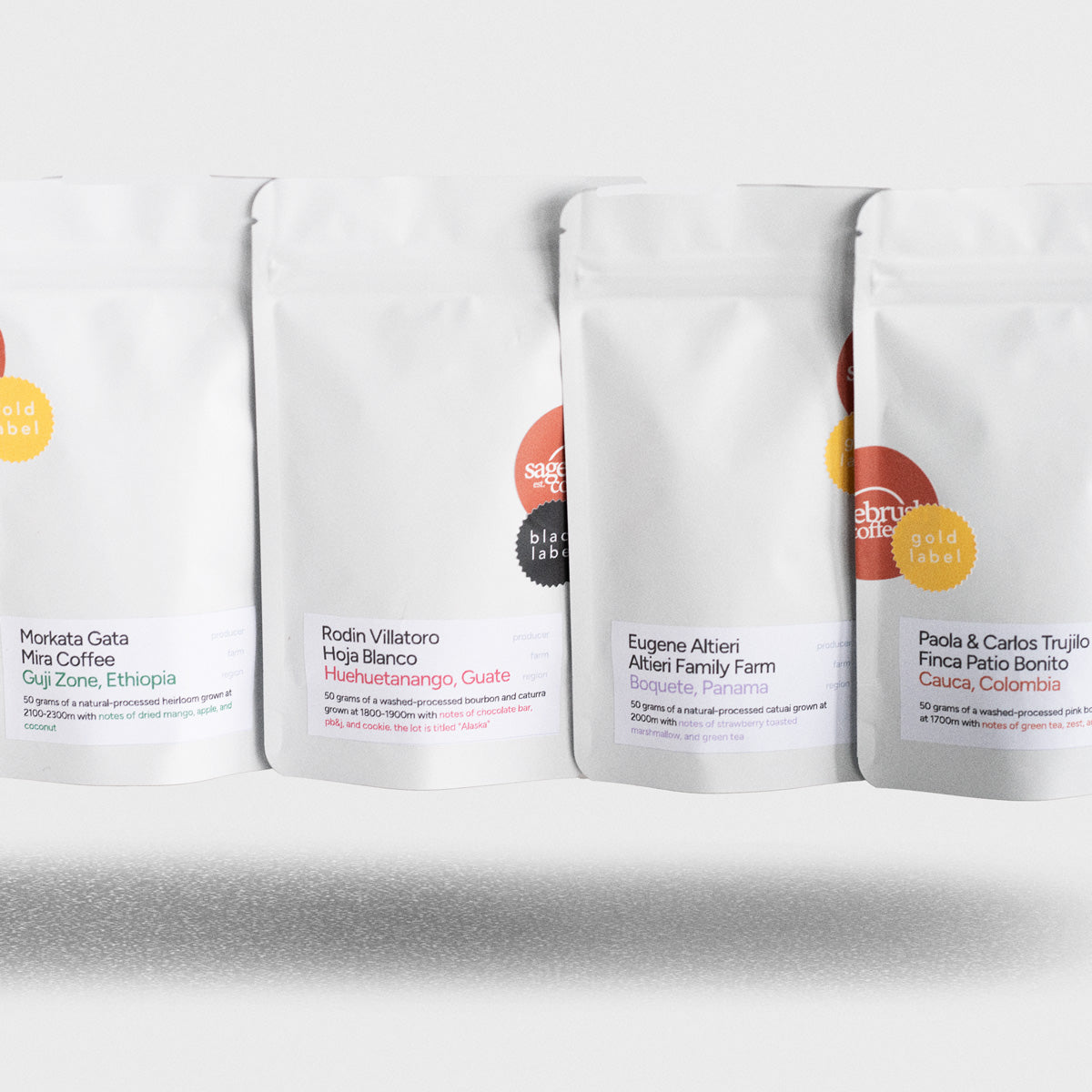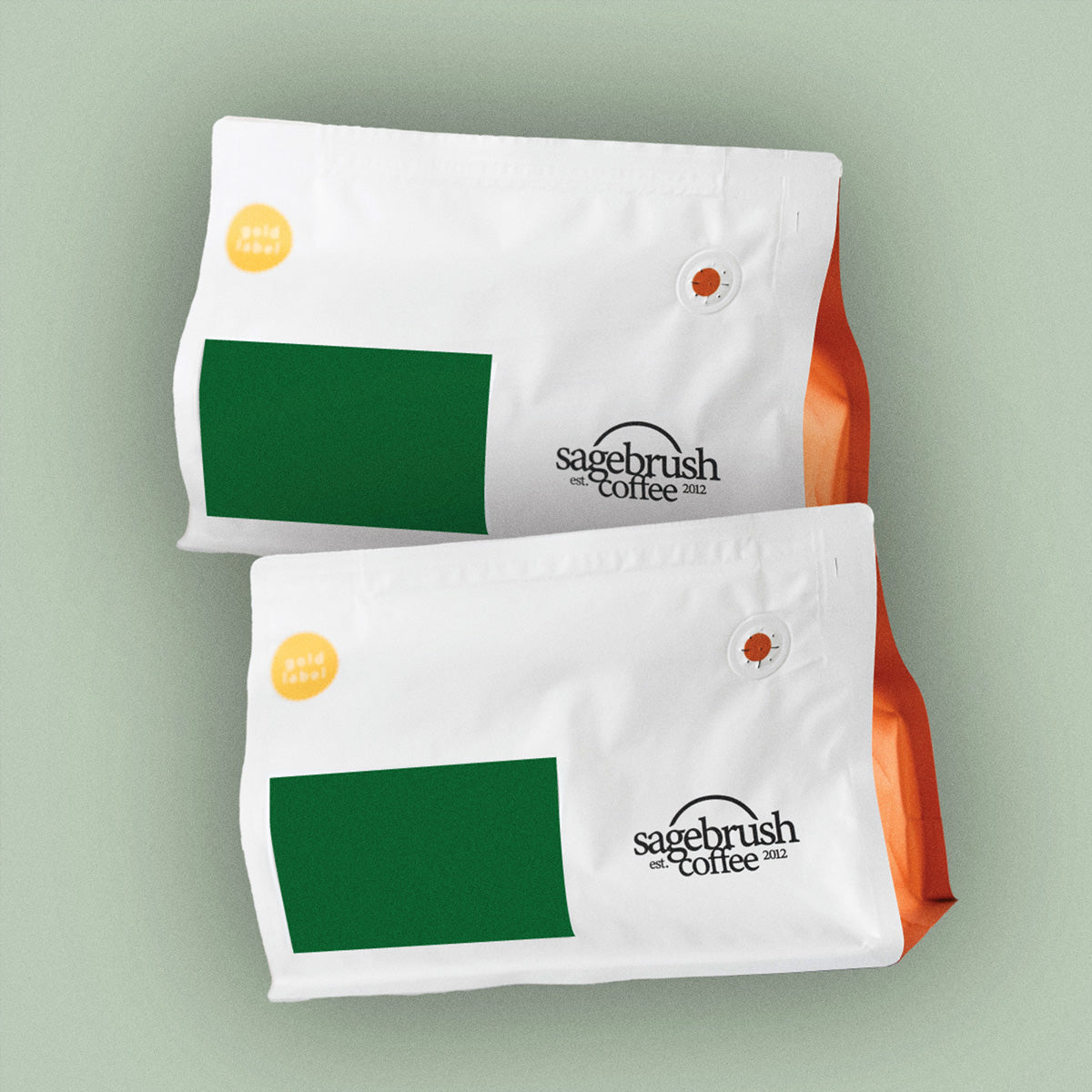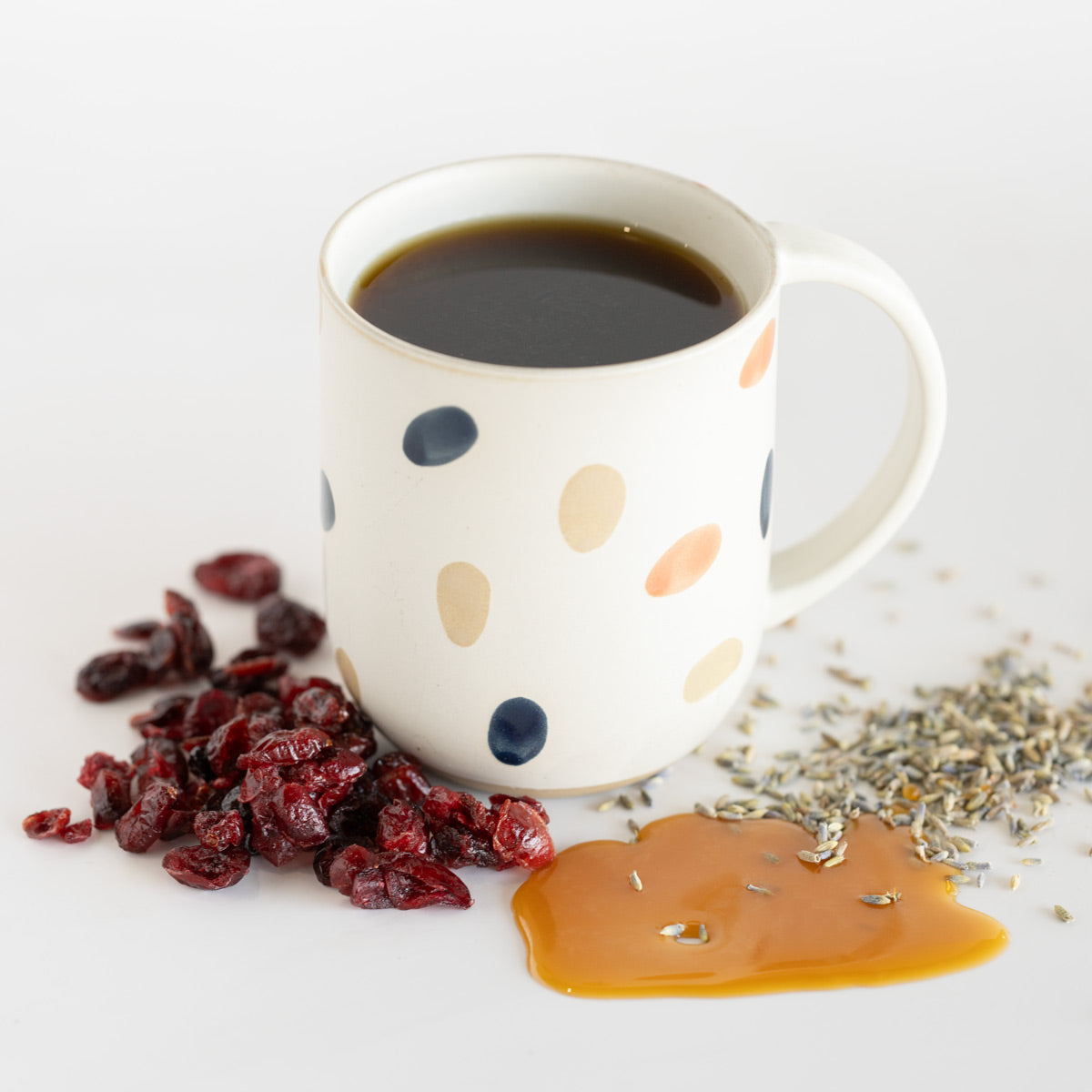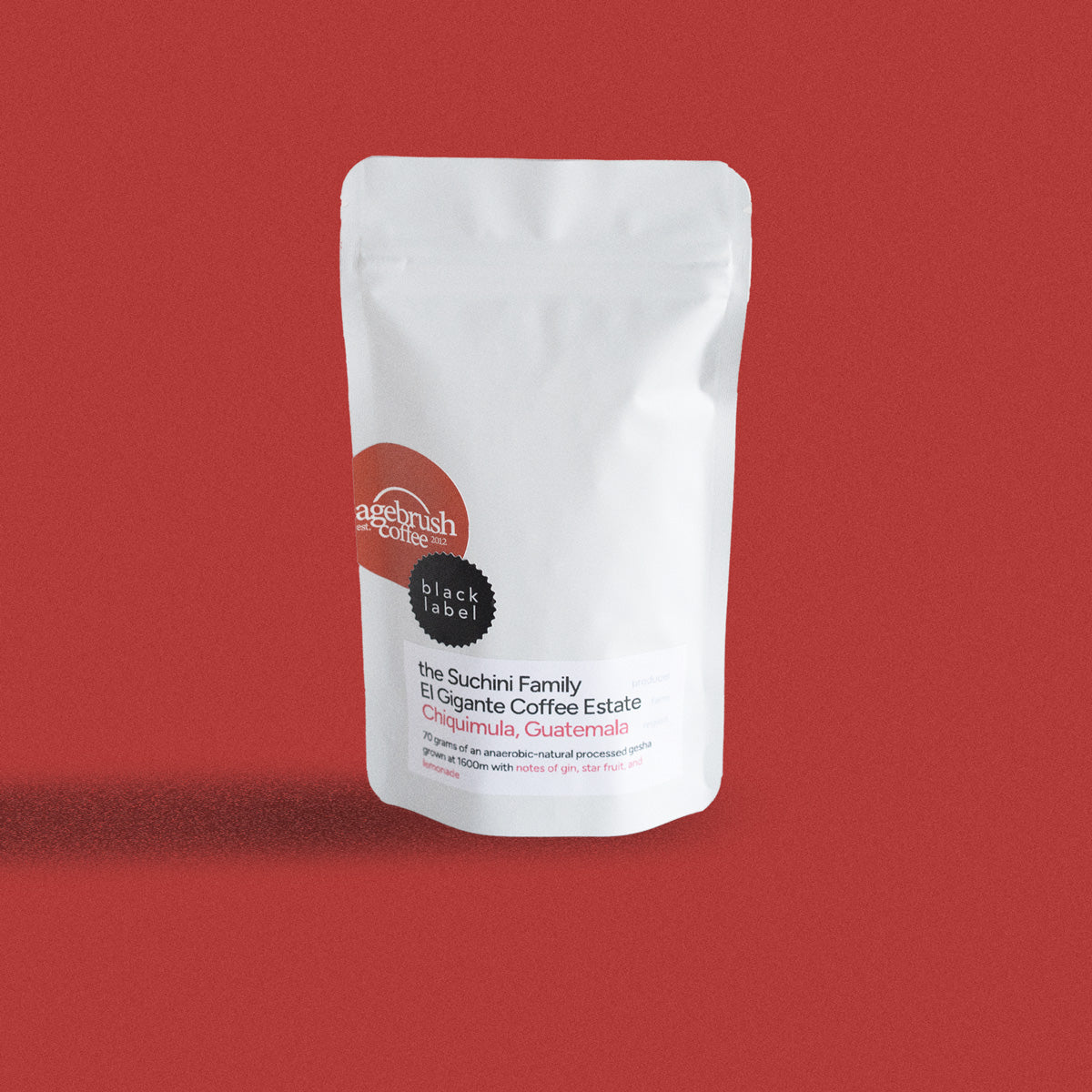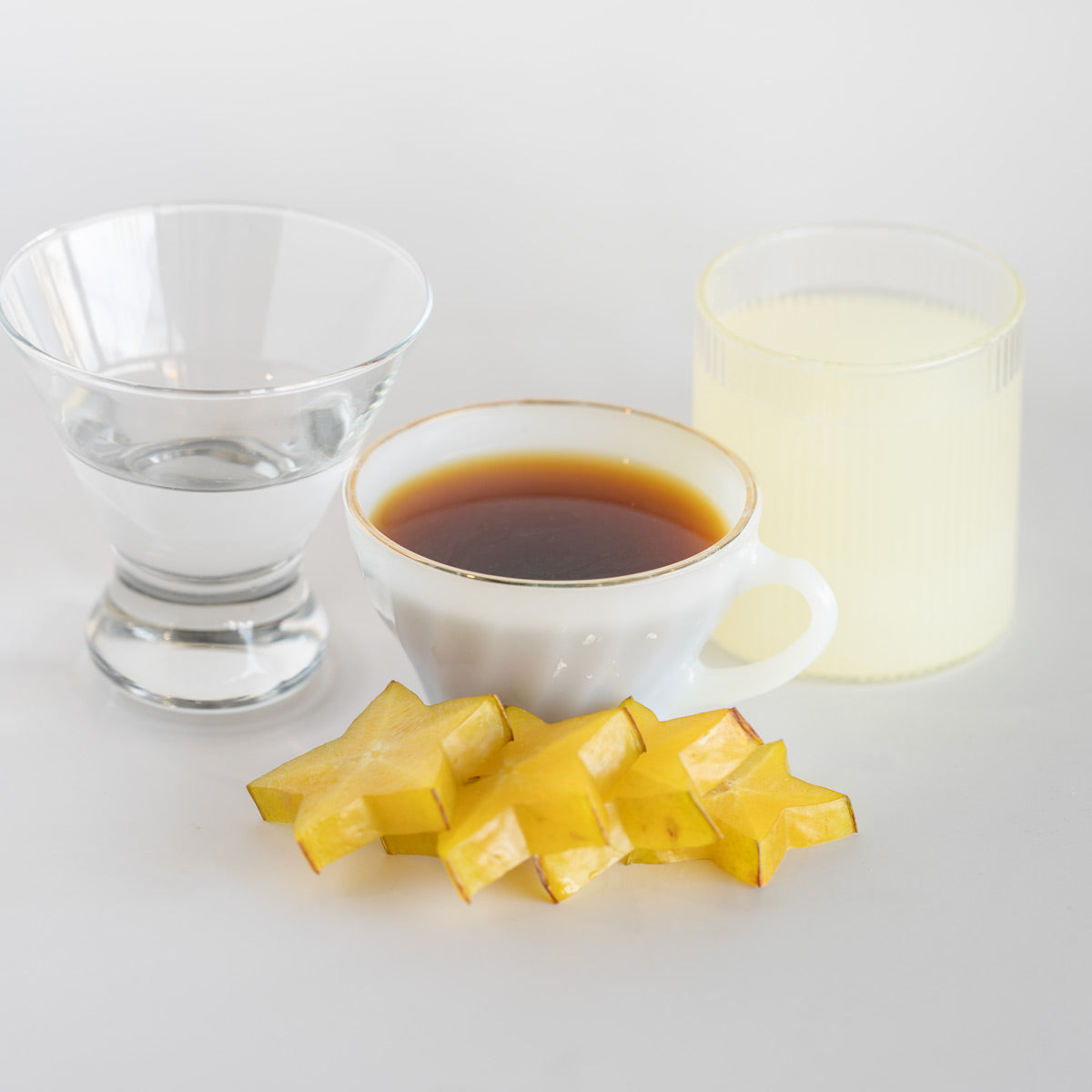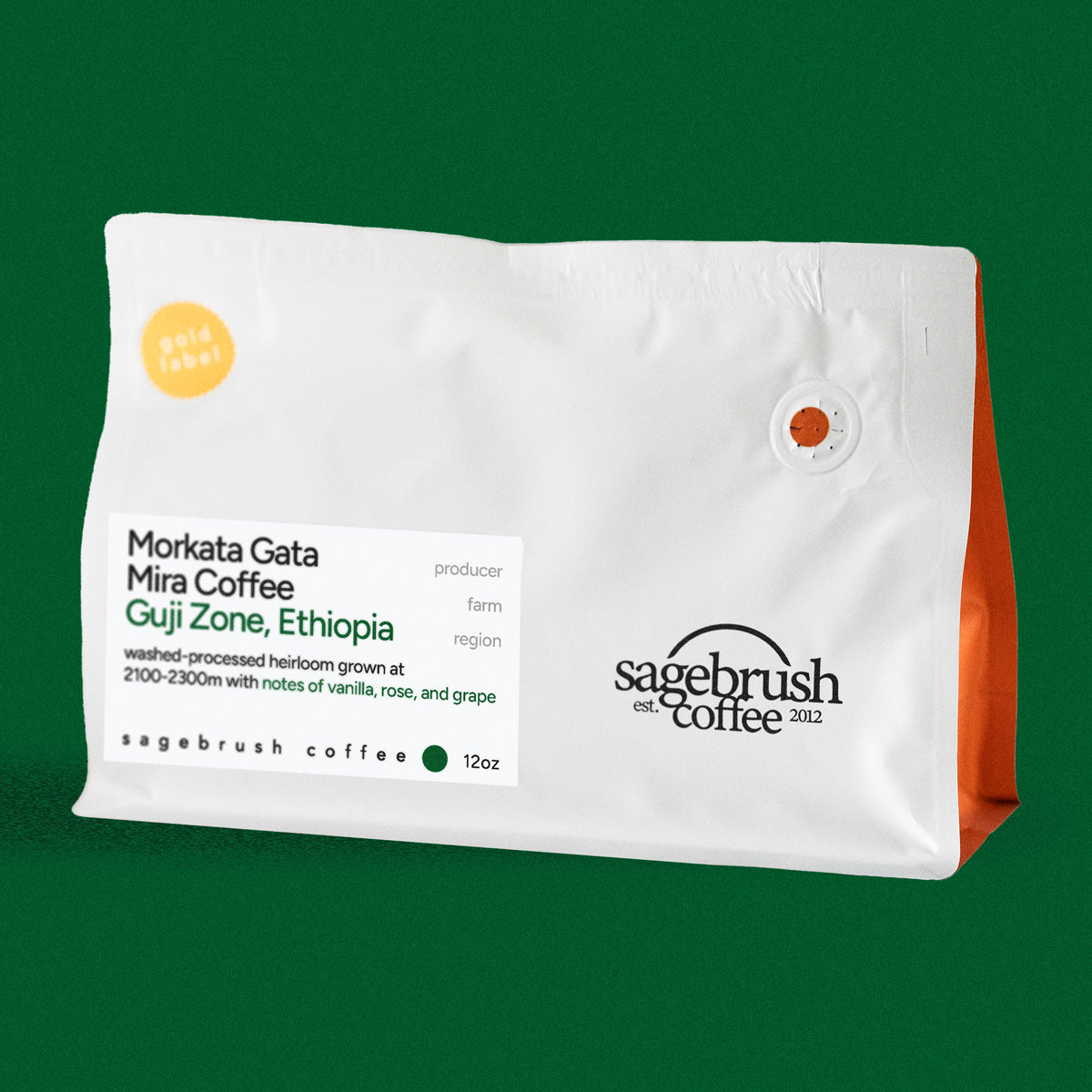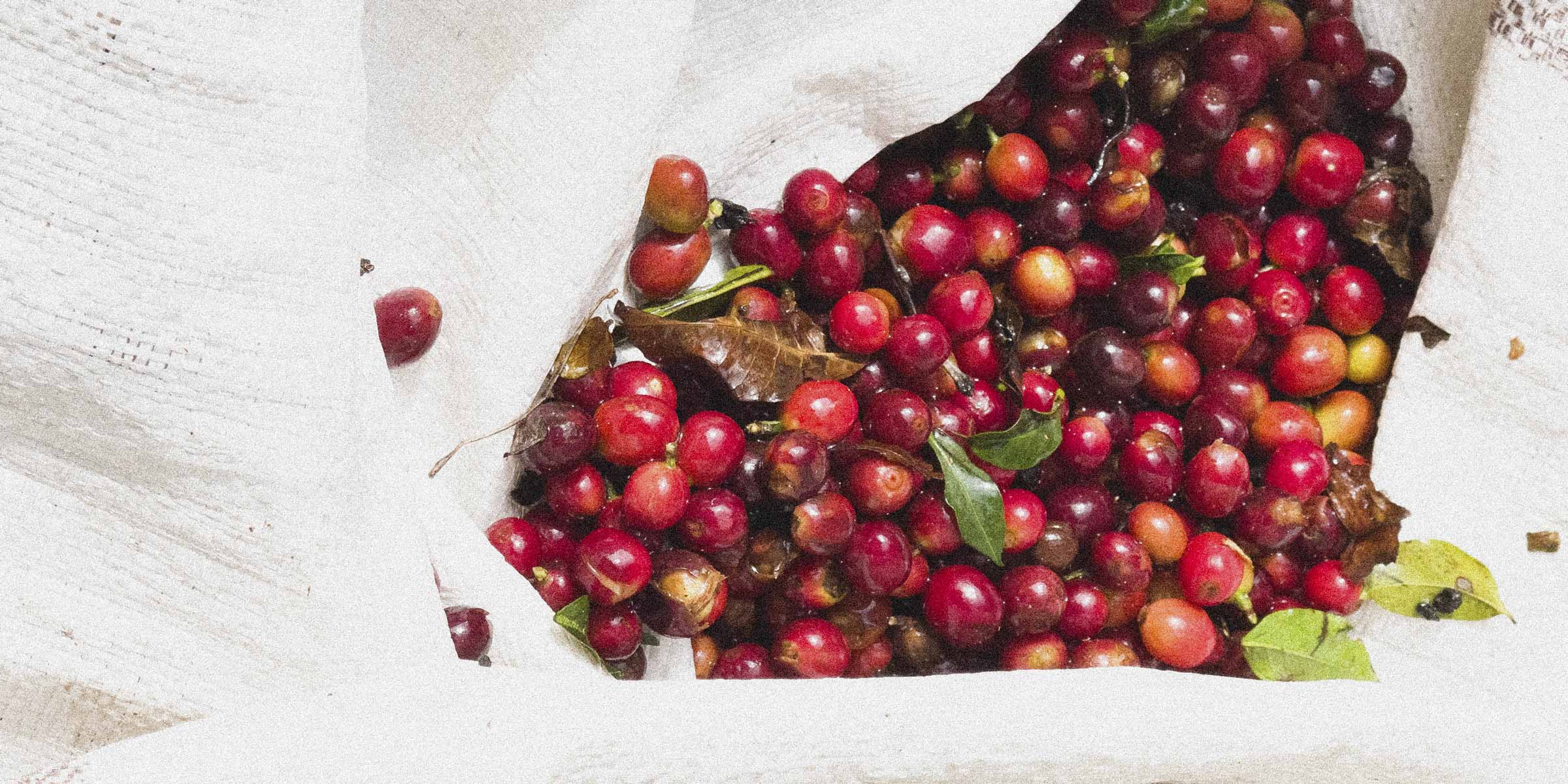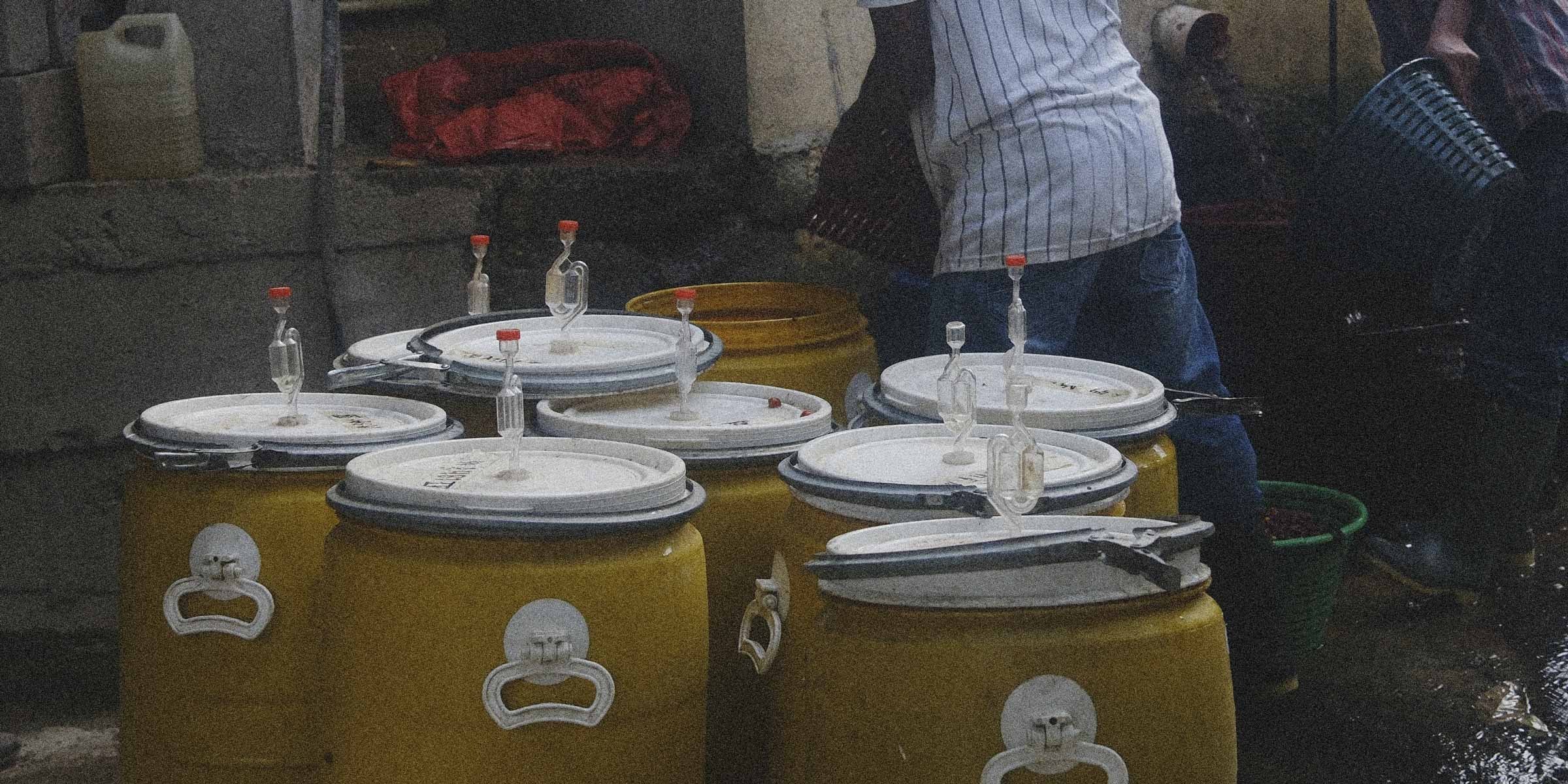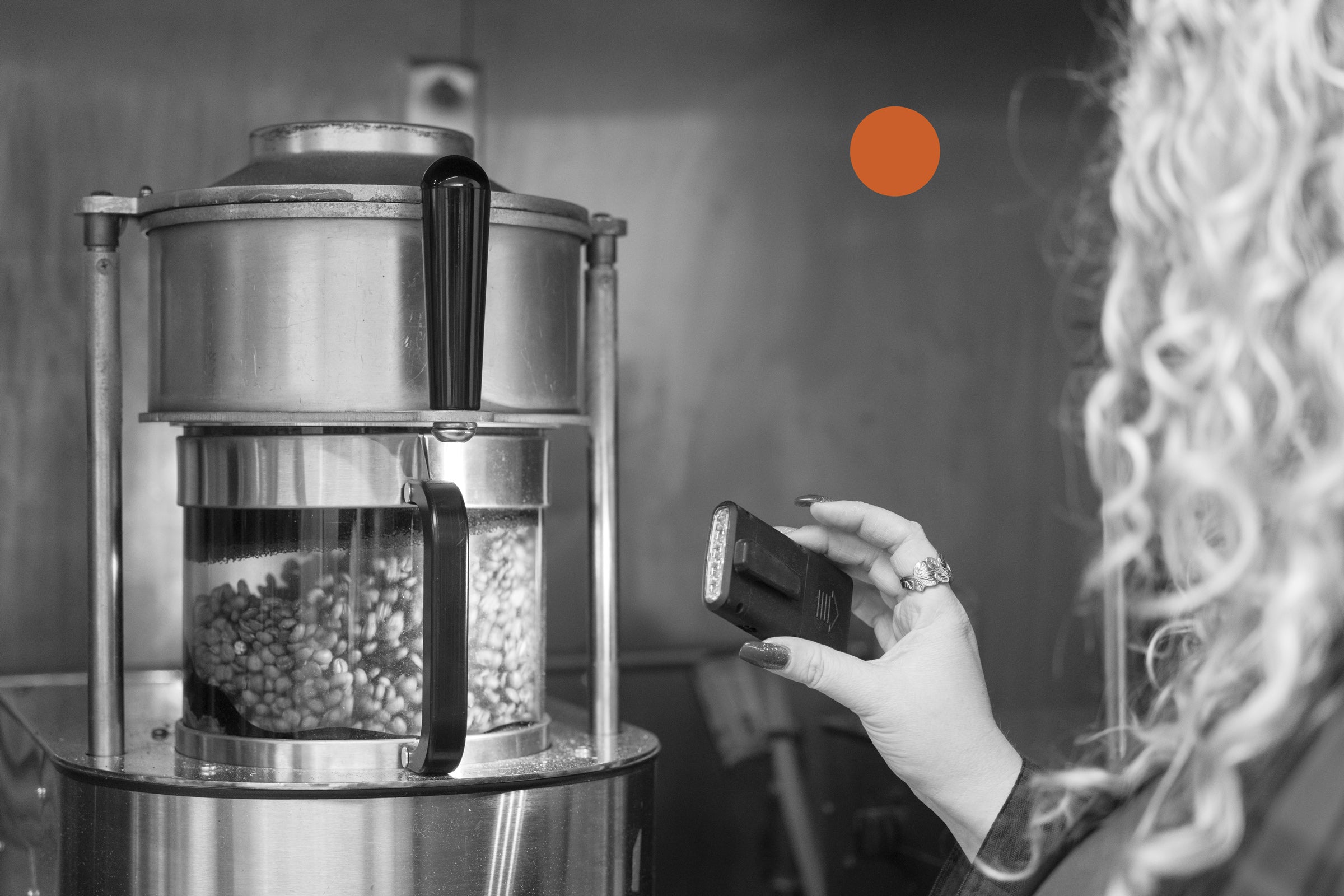
Haven’t read part 2 of this series? Click here to catch up!
Have you ever walked into a coffee shop and wondered how that espresso that you're enjoying came to be? I do. Looking back in history to see what human ingenuity can do has always interested me. It takes a lot of technology, science, and plain old curiosity to take a bean from a cherry, grind it just right, and then pour hot water through to get the best espresso shot possible with the perfect amount of pressure. From where we started to where we are, the advances in science and technology are astounding. So let's take a closer look at where we started and where we are. First, I want to clear up any possible confusion about espresso. Espresso is not a blend, bean, or roast. Espresso is the type of brew that results from water at the correct temperature flowing through finely-ground coffee at the perfect pressure to create the ideal ounce (30 ml) of espresso deliciousness. Heating the water to the ideal temperature and applying the correct pressure is no small feat.
The Beginning of the Espresso Machine
To trace the humble beginnings of the espresso machine, you have to go all the way to the 19th century in Turin, Italy, and find a man named Angelo Moriondo. He wasn't the first person to try his hand at creating espresso, but his design would be patented and then copied by many who would enhance his original idea. Moriondo's machine would be the first to use water and steam through coffee grounds for a perfect brew. Why don't we see Moriondo machines today? No one knows why. Somehow his name and machine would be lost in the vault of history, but his impact remained intact. Other than his patent, there is very little record of his machine or much of his work.
Following the work of Moriondo were two men named Luigi Bezerra and Desiderio Pavoni. They would improve and spread Moriondo's original design. Bezerra knew what he was doing. He invented the single-shot espresso in the early 20th century. He added pieces like the portafilter, multiple brew heads, and many other features that are still used today. Bezerra had a problem, though. He knew the coffee side of things, but he didn't know how to expand his business or ideas. Even if he knew how he didn't have the money to finance such a venture, that's when Desiderio Pavoni stepped in. Pavoni bought Bezzera's patents and would market their brand. With his knowledge, the business name would spread, but he wasn't without coffee knowledge. He invented the pressure release valve, which proved very useful since it meant that baristas would not be splashed by hot coffee. He would also add the steam wand. Both men would work together to build their first espresso machine called the Ideale and would enter it in the 1906 Milan Fair. For the first time, they introduced the cafe espresso to the world. The word espresso has Italian roots meaning "made in the spur of the moment." It would be the first time people enjoyed an espresso shot made quickly to order. Following the Milan fair, espresso machines started to pop up. Over time, Bezerra and Pavoni would go their separate ways, and Pavoni would end up with his name on espresso machines.
Even with all the work they put in, the espresso shots weren't the best, and they didn't spread too far beyond the region of Milan. Pavoni would have a stronghold in that market for a long time, but machines were difficult to operate, would rely primarily on steam, and couldn't quite get beyond the 1.5-2 bars of pressure without burning the coffee. To give you context, modern espresso machines reach nine bars of pressure when you're pulling espresso shots.
It wasn't long until increased competition would outpace Pavoni's work. Pier Teresorio Arduino came in and gave Pavoni some serious competition. His main point of success was he did something even Pavoni couldn't do. He exported espresso machines beyond Milan and throughout Europe. Arduino would try to invent espresso machines that didn't solely rely on steam but, he was unsuccessful.
So far, we've seen that there have been a lot of failures and some success when attempting to create espresso. Then came Francisco Illy, who would invent the first automatic coffee maker using compressed air instead of steam. This machine provided a more stable result but would still not reach the necessary bars of pressure to make the best espresso shot. There appeared to be no way to get beyond the barrier of two bars of pressure. Along would come Giovanni Achille Gaggia, a name still familiar today. He would break the barrier that no one could. His machine could reach 8-10 bars of pressure. So many things that we know today came from Gaggia's machines. His device would standardize the one-ounce output of an espresso shot. The baristas using his machine operated spring-loaded levers, which coined the phrase "pulling a shot." A discovery was made once the machine reached 8-10 bars of pressure; a gold-like foam would form, which we know now as the crema. The crema was undiscovered until Gaggia and his espresso machines reached the levels of pressure required. Around 1950, the invention of the pump by Ernest Valente would improve the espresso machine even more. The pump's main feature was an even flow of water that was allowed to flow through the coffee continuously. Espresso machines would continue to improve, but about ten years after Gaggia had perfected the pressure problem, a significant shift would come; the semi-automatic espresso machine.
The very first espresso machines were not automatic because a barista would pull the lever to activate the pump that would pull the shot. Before this development, baristas required physical strength and perseverance. A semi-automatic machine requires the barista to press a button to pull the shot. So pulling shots became more seamless, consistent, and just plain easier. Once the invention of the semi-automatic machine took place, espresso began to explode all over the world. A semi-automatic doesn't do everything for you. The barista still has to grind the coffee, load the portafilter, tamp, and start the shot by pressing the button.
Semi-Automatic History
It was a company by the name of Faema that would offer the first semi-automatic espresso machine in 1961. And like previous coffee makers, Faema was in Milan. It worked with a pump, and cold water could go directly into the machine to heat it quickly. It was easy to use and compact. Coffee shops with narrow spaces could easily use it, and it was simple to learn. With all of these benefits, it's no wonder that it was wildly popular. With the improved simplicity of the semi-automatic, you started to see a rise in smaller espresso machines being built for home use. Now, you don't have to go to a coffee shop to enjoy espresso. Owning an espresso machine is far more accessible than it's ever been before. Now you can steam your milk and pull your own shot at your convenience in the comfort of your own home. I bet Angelo Moriondo never saw that coming.
Super-Automatic History
The development of the super-automatic years is revolutionizing how the "at home barista" makes their daily coffee. Gone are the days of drip and percolator systems. Why have a drip system (if it's not a Mochamaster) when you can have a super-automatic espresso machine? They are the most advanced and the most modern. They require very little to operate. All you do is pour the beans in the hopper and make sure you're milk container is connected, but beyond that, the espresso machine does it all. The push of a button starts the grinding of the coffee, the milk steaming process, and the pulling of the espresso shot. It steams the milk to just the right temperature, and depending on what drink you want, it can pulls shots in the precise order. You can select, for example, a macchiato, and the espresso machine will make sure to pour in the milk first and then the espresso. It will pause and finish pouring the foam giving it the three layers you expect to see in a macchiato. When I worked at a large coffee shop as a barista, they transitioned from semi-automatic to super-automatic. It was my first exposure to super-automatic machines. Now, you can buy a super-automatic and put it on your kitchen counter. Some even have Bluetooth options that allow you to use your smartphone to operate the machine from a different room.
So what's better, the super-automatic or the semi-automatic? It depends on what kind of coffee drinker you are. Having the experience of being a coffee shop barista, I enjoy the work it takes to pull a perfect shot. It's worth it because I love the complexity of the perfect espresso shot to use a semi-automatic. But if you want your coffee to be ready to go with as much convenience as possible, super-automatic may be perfect for you. Check out our semi-automatic and super-automatic espresso machines. You're also welcome to come to the Sagebrush Coffee Shop and enjoy a delicious espresso-based drink.
Espresso machines have come a long way. I'm always fascinated by people who are innovators and don't give up until their goal is accomplished. Starting with Moriondo to Gaggia, we enjoy delicious espresso drinks because of their passion for creating the perfect espresso shop. If it wasn't for them, coffee might not be what it is today. And, if there's a country we should thank, it's Italy. It has undoubtedly left its mark on the coffee-loving world. No one can argue that Italy's imprint is like no other. You could say that it's the authentic coffee capital of the world. Italians must have a serious passion for coffee. If I plan a vacation to Italy, I will have to stop in Milan and stay there for a while.
Read the next part of this series by clicking below!
